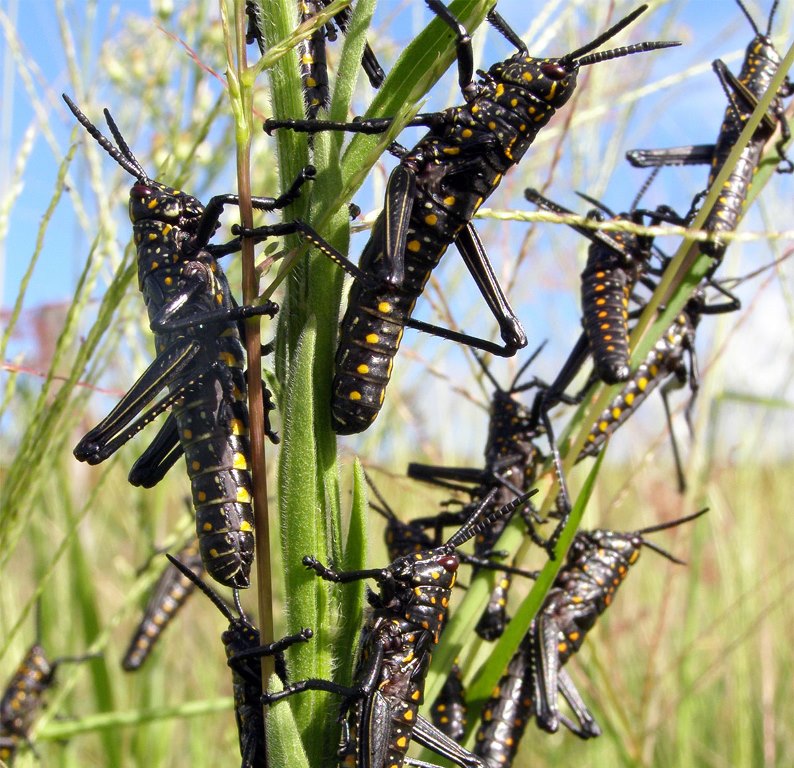THE UN’s Food and Agriculture Organisation (FAO) warned on Sunday that nymph (baby) desert locusts maturing in Somali would develop wings in the next three to four weeks and wreak havoc on several East African countries.
Already our neighbouring Kenya has been invaded by desert locust swarms and on Sunday other Swarms entered Uganda through Amudat District in Karamoja Region, creating panic among farmers, pastoralists and leaders in the region, according to media reports.
We don’t know yet from there what country they will invade. That is why we find reasons for reminding each other lest we forget the adverse effects these deadly locusts have on our crops and vegetation in general.
It is reported that the deadly insects were spotted in some parts of Amudat District at about 2pm on Sunday after entering Uganda via North West Pokot in Kenya, where they had damaged hundreds of acres. The desert locusts outbreak is blamed on climate change.
So, let’s take care and ensure we participate fully in global climate change mitigation efforts. In Tanzania, the responsible authorities have warned of the possible invasion of the locusts, calling on individual persons to report any suspected invasion of the locusts in their neighbourhoods.
FAO has urged international donors to issue $76 million immediately to control the locusts in the affected countries, but the money may not be sufficient if more countries are invaded.
This calls for the involvement of the international community to curb the outbreak. Besides parts of Ethiopia, Kenya, Somalia and Uganda, South Sudan, Eritrea and Djibouti are also at great risk, according to FAO. This is what prompts to think of our preparedness in this regard.
We say this bearing in mind that we still depend on rain-fed agriculture and these deadly insects threaten our food security and survival.
According to the regional inter-agency Food Security and Nutrition Working Group (FSNWG), East Africa already has 19 million people facing acute food insecurity.
So, the plague of desert locusts is adding salt to injury as far as food security is concerned. Reports have it that locust swarms fly roughly the speed of the wind and can cover from 100-200km a day and fly up to about 2,000m above sea level.
A single swarm can cover up to 1,200 square kilometres and can contain between 40 and 80 million locusts per square kilometre (about 50- 100 billion locusts per swarm, representing 100,000-200,000 tonnes. They can destroy about 192 million kilogrammes of vegetation in two days.
They can live for up to five months, depending on weather and local conditions and can lay eggs that can hatch after two weeks, with locusts maturing to adulthood in two to four months.
This just shows how devastating the desert locusts are. So, let’s heed the UN’s warning!







